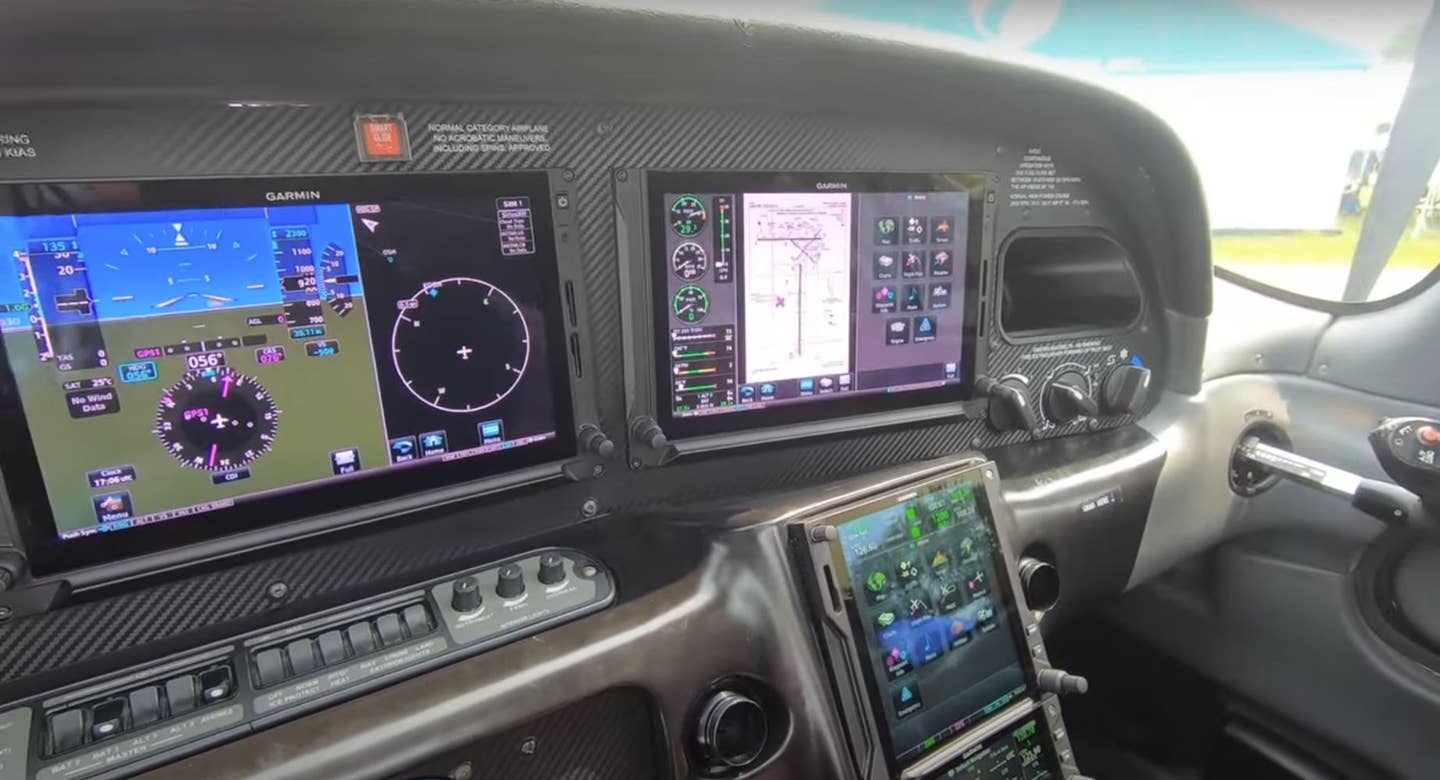FAA Issues Airworthiness Directives to Guard Against 5G Interference
Both prohibit certain operations requiring radio altimeter (RadAlt) data when in the presence of 5G.

AT&T and Verizon voluntarily agreed to delay their plans for deployment of 5G until January 2022. Credit: Adobe Stock
The FAA has released two airworthiness directives (AD) requiring operators of passenger-carrying aircraft to prohibit certain operations requiring radar (or radio) altimeter data when in the presence of 5G wireless transmissions.
When installed, this type of altimeter provides information critical to situational awareness, including the aircraft’s altitude in absolute terms above the ground. This is particularly important during approaches and departures in inclement weather.
In the published ADs, the FAA states that radio/radar altimeters (RadAlt) cannot be relied upon to perform their intended function if they experience interference from wireless broadband operations in the 3.7-3.98 GHz frequency band, also known as the 5G C-Band.
The ADs, published on the agency website, were created “to provide a framework and to gather more information to avoid potential effects on aviation safety equipment.
“The FAA is working closely with the Federal Communications Commission and wireless companies, and has made progress toward safely implementing the 5G expansion.”
The ADs also require the revision of the limitations section of existing airplane/aircraft flight manuals, where they reference the use of radio or radar altimeter data when in the presence of 5G C-Band interference as identified by NOTAMs.
The NOTAMs will be issued at specific airports where radio/radar altimeter performance is determined to be unreliable, thereby prohibiting certain operations such as: ILS approaches, required navigation performance (RNP) procedures, and automatic landing operations, as well as use of enhanced flight vision system (EFVS) or a heads-up display (HUD), which are used to guide an aircraft from approach all the way down to the runway.
The ADs were not unexpected. In November, the FAA released a special airworthiness information bulletin providing initial information about possible interference from 5G C-band wireless transmissions.
How We Got Here
In March 2020, the FCC adopted final rules authorizing flexible use of the 3.7-3.98 GHz band for next generation services. This includes 5G and other advanced spectrum-based services. Pursuant to these rules, C-Band wireless broadband deployment was permitted to occur in phases with the opportunity for operations in the lower 100 MHz of the band in 46 markets.
The deployment was slated to begin as soon as December 5, 2021; however, upon request of the FAA, telecommunications providers AT&T and Verizon voluntarily agreed to delay their plans for deployment of 5G until January 2022, as the technical details are worked out among communications and aviation industry leaders across the world. The ADs (AD 2021-23-12 and AD 2021-23-13) can be read in their entirety here. Comments are encouraged.

Subscribe to Our Newsletter
Get the latest FLYING stories delivered directly to your inbox






